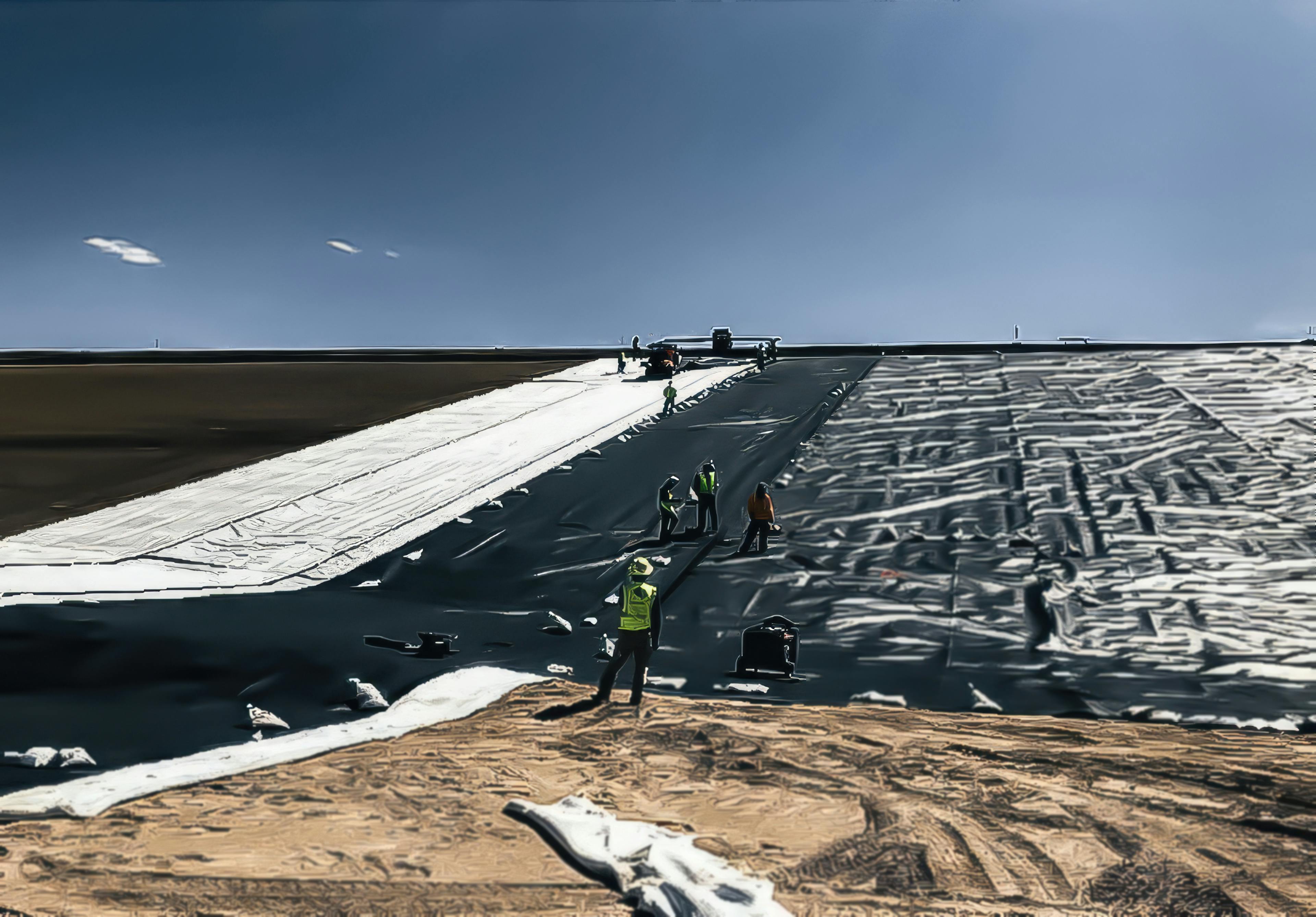Overview:
In 2020, Xcel Energy faced a fast-approaching deadline to close Sherco Pond No.1, a large coal combustion residuals (CCR) pond in Becker, Minnesota. To maintain continuous service to the energy plant, Xcel Energy had to construct a second pond.
The new Sherco Pond No.2 would need to meet newer, more stringent CCR storage regulations and requirements than its predecessor.
Challenge:
To meet the new regulations and to fulfil the Minnesota Department of Natural Resources requirements, the project required excavation and movement of 458,733 m³ (600,000 yd³) of soil, while also addressing various environmental and wildlife sensitivities.
The challenge was to find a readily available product, that could be installed quickly and meet the performance permeability metric of 1.03 x 10-9 cm/sec. To meet these requirements, the engineers at Carlson McCain chose Solmax to supply geosynthetic clay liners (GCL).
Solution
Due to the aggressive nature of the ash leachate, a standard bentonite GCL would not meet the project's permeability requirements. The project required a polymer enhanced product and proof that the GCL would meet the regulatory requirements for permeability.
Dr Craig Benson conducted hydraulic conductivity testing following ASTM D6766 on BENTOLINER® Coal Ash Resistant (CAR) polymer enhanced GCL to test the compatibility with the Xcel Sherco bottom ash leachate. The test results concluded that the hydraulic conductivity of the BENTOLINER CAR was 8.3 x 10-10 cm/sec. The samples had successfully reached hydraulic and chemical equilibrium with the leachate, meeting the new CCR storage regulations.
The testing and proof of performance on the BENTOLINER CAR in the harsh environment played a crucial role in the project's success. The work was completed in time to maintain continuous service with minimal impact on the environment. The latest and most stringent CCR regulations were also met for the new landfill.


